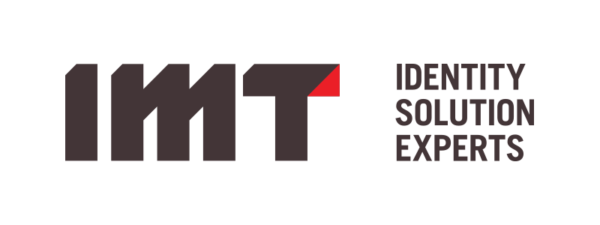Last time, we looked at how an enterprise master patient index (EMPI) can overcome the limits of an enterprise EHR. These limitations have become even more apparent during the COVID-19 pandemic.
COVID hit fast and hard in spring of 2020, and continues to create new challenges. But as the situation unfolded, we saw how EMPIs helped our clients quickly add sources and sites. Some used EMPI data to spin up contact tracing programs, while others quickly rolled out programs to monitor employee health. EMPIs help healthcare organizations:
- Maintain current data quality by preventing overlay of current data with out-of-date information
- Quickly and efficiently match data as it arrives
- Review and manage matching expectations before EHR load with an easy-to-use portal instead of spreadsheets
- Fine-tune matching accuracy as incoming data quality was better understood
- Prevent creating duplicates for records with limited demographic data
However, as COVID demanded more of healthcare, organizations stuck in a single EHR strategy often couldn’t meet four key challenges:
1. New sources of data
COVID-19 quickly changed where data comes from. Rather than centralizing patients within an organization’s campus, many health systems told non-COVID patients to stay away.
Meanwhile, new testing sites popped up overnight in parking lots and stadiums and other untraditional locations. Add in immunization registries, mobile care delivery sites, and ambulatory locations, and suddenly data came from many new places — some of which already had their own existing systems that were not part of the organization’s EHR.
Each set of new data needed to be integrated with the existing patient EHR record so that providers could see a patient’s entire history — essential for knowing whether someone testing positive had a preexisting condition that might affect their care. An EMPI makes this possible while ensuring the most current data is available.
2. Telehealth, ASAP
As healthcare facilities closed to non-emergent, non-COVID care, they needed to replace the lost revenue — and keep patients healthy. In a matter of days, many organizations expanded their nascent telehealth programs or struggled to launch one from scratch. By April, 43.5% of Medicare primary care visits were provided via telehealth, compared to just 0.1% in February. UCHealth had spent 2019 building its telehealth program and instantly reaped the rewards: virtual visits grew from 2,700 in all of 2019 to 3,000+ per day in late March.
But many organizations were caught unprepared, trying to find a telehealth system that protected patient privacy, was simple for everyone to use, and integrated with existing systems to update the patient’s existing longitudinal record. In many cases, this simply couldn’t happen fast enough, and health systems found themselves working manual processes to integrate the data and apply all the necessary quality standards.
An EMPI can streamline these integration processes while ensuring better data quality by instantly matching new and updated records from telehealth system with those in the EHR — without requiring an “exact match” across 5-6 demographic elements as most EHRs require.
3. True patient engagement and risk assessment
Patients expect to be “known” by their healthcare providers, whether they interact in person at their primary care physician’s office, via a video visit, or in a parking lot COVID test site. A good patient engagement program goes beyond that acknowledgment and uses EMPI data to improve outcomes. In March and April, as patients scrambled for information, patient engagement programs helped health systems send targeted communications to those with the highest risk to ensure those patients continued ongoing care.
Patient engagement programs can also improve medication compliance. One consumer engagement platform, IQVIA, cites a 36% improvement in prescription refill rate and a 45% decrease in overall medical costs for patients enrolled in its platform. Such engagement can help keep patients healthy even when they can’t be seen during COVID-related restrictions.
4. Real-time reporting for population health
The pandemic proves population health is more important than ever — even as state and local public health agencies aggregate data coming in via fax machines.
Making population health decisions about where to allocate testing resources, adjust quarantine orders, or (eventually) prioritize vaccine distribution takes knowing what all the data is and where it comes from. And the data must be trusted. COVID reporting requirements have been complex and dynamic at both the state and federal level – and producing accurate case counts and timelines cannot be done without ensuring each patient is counted only once.
An EMPI can help make that possible, mapping data from disparate systems and formats into an aggregated, high-quality set that can be used to make better decisions. And in a public health emergency, that EMPI can ingest new sources as needed, connecting patients across systems and regions.
While a single EHR strategy sounds great, COVID has proven that it lacks the agility health systems need to adjust quickly, especially in times of crisis. As we learn from this pandemic, an EMPI can help you create and maintain an integrated, holistic view that protects patients — and your organization’s future.





